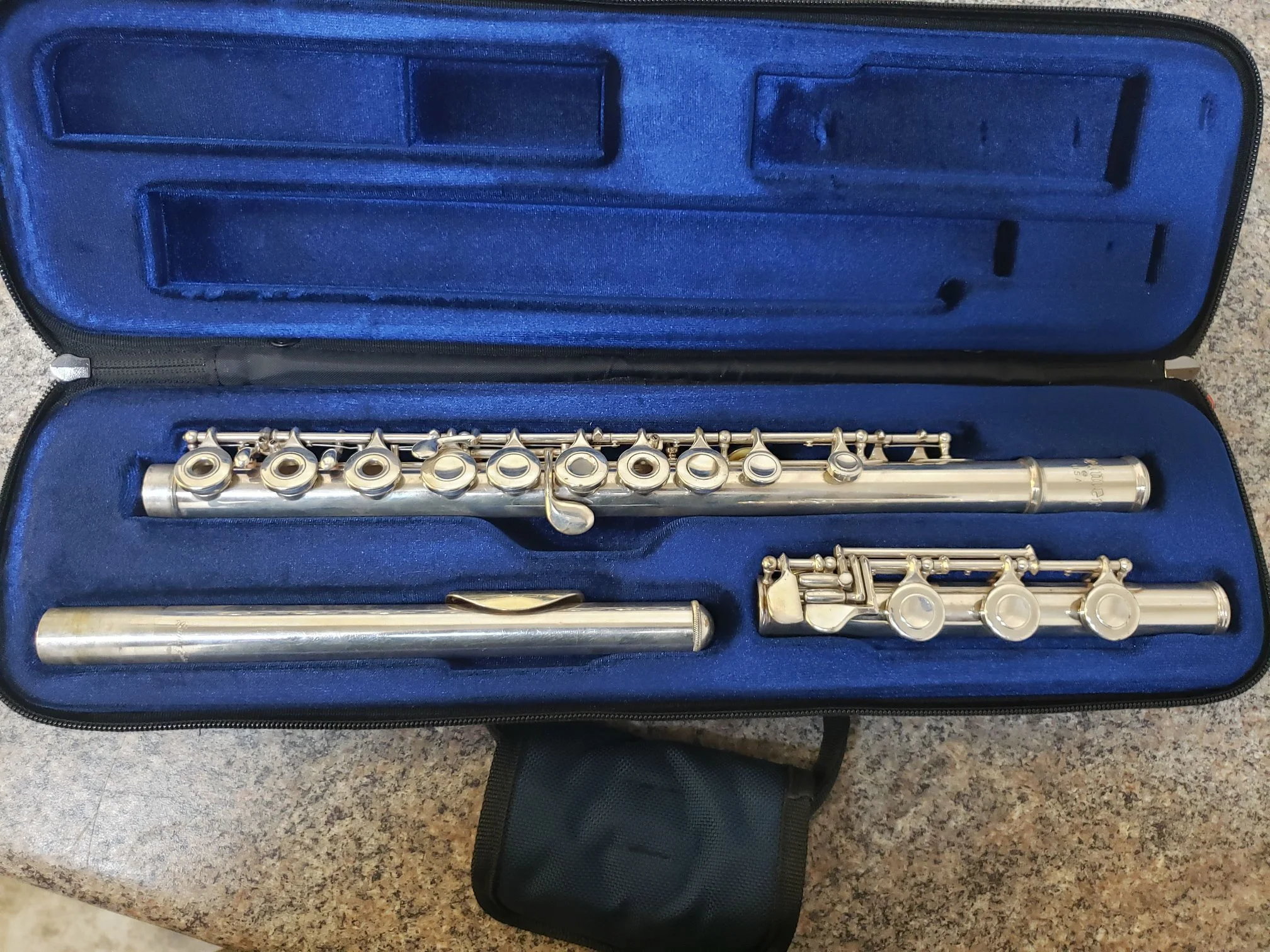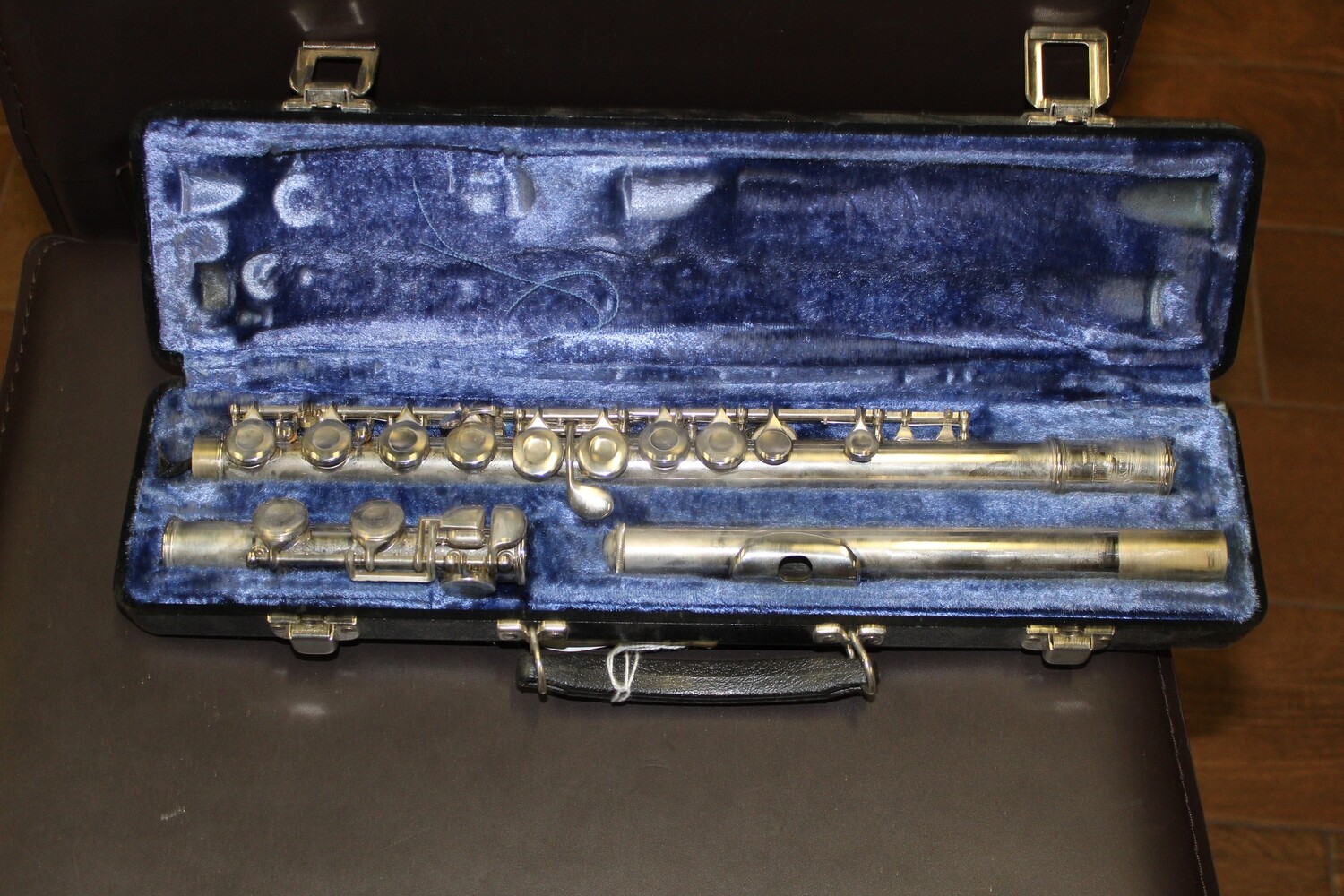

This is the same principle as when playing harmonics on a guitar. And covering the holes back up with fingers or keys will lower the pitch.īlowing with greater strength (or with a narrower embouchure) into the instrument can cause harmonics to be generated - which means that more nodes (still points) inside the vibrating air column will occur, and the frequency will increase, usually by a low integer multiple of the original (or 'base') frequency.

Making holes in the tube is like creating an open end, and serves to effectively make the tube shorter - that is, the column of vibrating air will be shorter - causing an increase of pitch.

A flute with one closed end will have its node at the closed end, and its anti-node at the open end, giving a sound just less than an octave deeper in pitch. The vibrations of the material of the flute itself are relatively unimportant for the pitch (though they affect the timbre.)Ī flute with both ends open will have a still point (a node) at the center of the tube and the air will move most (an anti-node) at the ends.

The frequency of the vibrating column of air, which is related to its effective length in a similar way to the relation between the length of a vibrating guitar string (say) and its frequency, gives the pitch of the note produced. What exactly happens inside the flute is quite a complicated bit of physics, and heavily dependent on the shape of the tube and whether the ends are closed. An 8,000 year old flute recently found in China was tuned so close to current Chinese musical scales that recognisable folk-tunes could be played on it. Recently a flute constructed from a bear bone was found in a cave dig near Cerkno in Slovenia dating back to between 40,000 to 80,000 years ago, thought to have been made by Neanderthals! Other than this, examples have been found which are about 22-35,000 years old, both in Asia and Europe. It's just about the oldest instrument of which examples have been found by archaeologists. A flute is any musical instrument in which the sound is produced by the musician blowing air which is split by a notch or an edge in the mouthpiece, causing the column of air inside the (usually cylindrical) body of the instrument to vibrate.


 0 kommentar(er)
0 kommentar(er)
